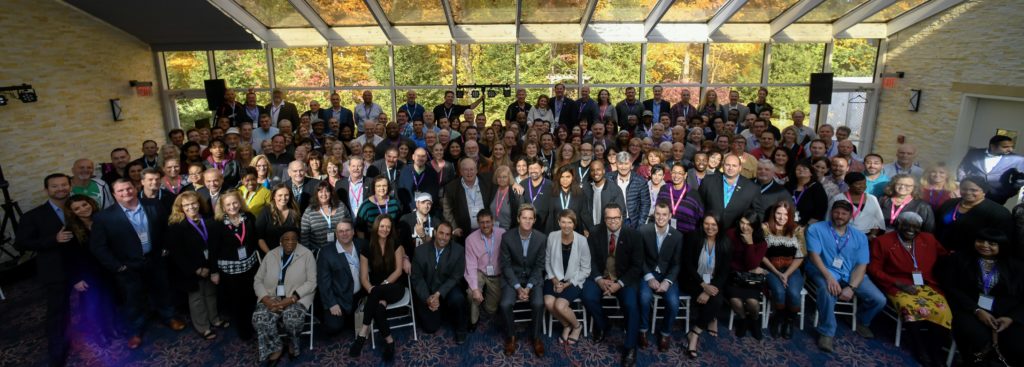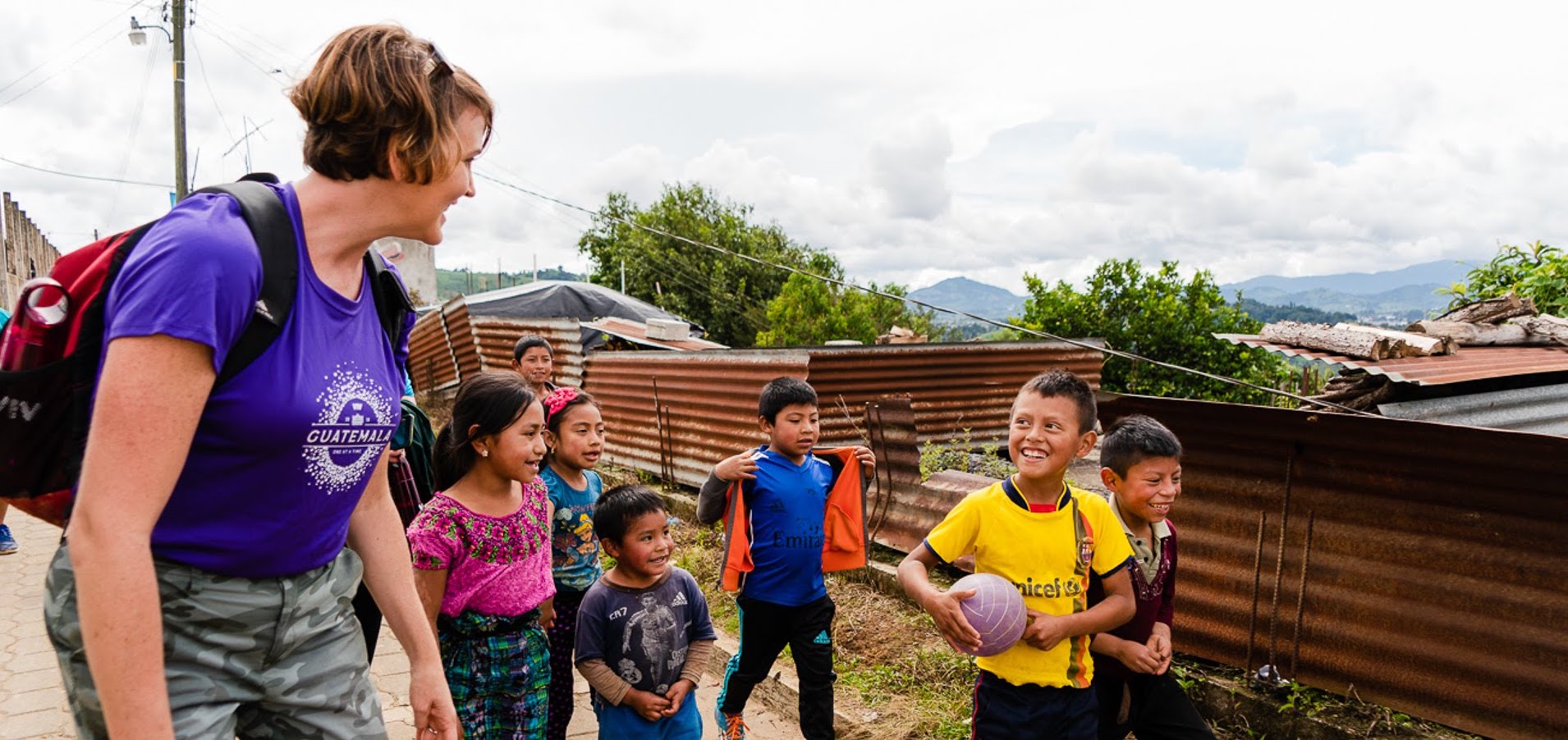Giving is our mirror. When we look at our contribution through Viv’s One At A Time initiatives, and our relationship with our small, but powerful service partner in Guatemala, Long Way Home, what we see reflected are the values and character of our company and our community.
We also see gratitude.
I am grateful for everyone involved with Viv, and for all that you make possible through our One At A Time initiative. I saw it during #GivingTuesday, with a successful campaign that raised enough money to purchase textbooks for first-ever 11th grade students in Guatemala. And I see it during every local and international One At A Time initiative we pursue. I see your heart reflected in your actions.

Together we are greater than we are individually. Together we reflect the heart of Viv. And when we give, we get something back that’s immediate and invaluable: joy. Giving is joyful work, and it’s the core of what we do together. It mirrors our values and our strength as a community.
To learn more about joining us on one of our voluntourism trips to Guatemala or the Dominican Republic, click here.
Viva Viv!
Cami Boehme, CEO
Facts about our 6 Pillars:
Energy
Globally, almost 1.1 billion people still live without electricity.[1] That’s known as energy poverty. And because energy poverty means no light to study by, no outlets to charge phones, and no Internet to connect with the world, it perpetuates financial poverty as well. Even in developed nations, far too many families are forced to choose between keeping the lights on and keeping food on the table.
A better plan? Access to clean, affordable and reliable power, one family at a time.
Education
Around the world, 57 million children of primary school age have no classroom access and millions more walk miles a day to neighboring villages to get an education[6]. The literacy rate is increasing, yet billions still lack access to the Internet—a barrier to education and economic opportunity. It should come as no surprise that poverty and lack of education are inextricably linked. But what not everyone knows is that education and health are closely linked as well.[7] Education is the catalyst for raising communities out of poverty and allowing them to thrive.
A better plan? Improved access to schools, education and the Internet in remote and underserved areas, one community at a time.
Economic Development
Almost 10% of the world’s population (including 385 million children!) live on $1.90 or less a day.[2] This is extreme poverty. Without enough good food, medical care and educational opportunity, young bodies and minds can’t develop to their full potential. And because children are the future of all communities everywhere, everybody—every one of us—is poorer for it.
A better plan? Increased economic opportunity, stable incomes, banking services and a secure standard of living, one community at a time.
Water
Today, 1 in 9 people lack access to safe drinking water, and 1 in 3 people lack access to a toilet.[3]That’s a health crisis of epic proportions: According to the World Health Organization, waterborne disease is the world’s leading killer, claiming a child’s life every 90 seconds. Dirty water also kills young girls’ dreams. Where clean water is scarce, they’re the ones who must spend hours each day carrying heavy jugs to and from wells—time that could have been far better spent in school.
A better plan? Increased access to safe drinking water, water filtration and sanitation systems, one family at a time.
Health
400 million people globally lack access to the most basic health services[4]. These include the immunizations, medicines and safe childbirth that the developed world takes for granted. And if you count all the other common yet urgent medical issues that fall outside of basic care, like infectious diseases and diabetes, the number of people forced to go without medical treatment grows much higher than that.
A better plan? Expanded and affordable access to essential health services, clinics and sanitation services, one community at a time.
Environment
An area equal to 50 football fields of rainforest was destroyed every minute between 2000 and 2013. Forests make life possible. Yet the world has lost nearly half of its forests to agriculture, development or resource extraction.[5] Forests provide life-saving and life-giving food, nutrients, cover from storms, barriers from landslides and much more that a thriving community needs. Threats to our planet’s natural ecosystem affect human health, economic security, infrastructure and communities. Saving ecosystems is often far simpler and more cost-effective than human-made interventions.
A better plan? More conservation of precious resources, reforestation in damaged areas and protection of our planet, one tree and one ecosystem at a time.



